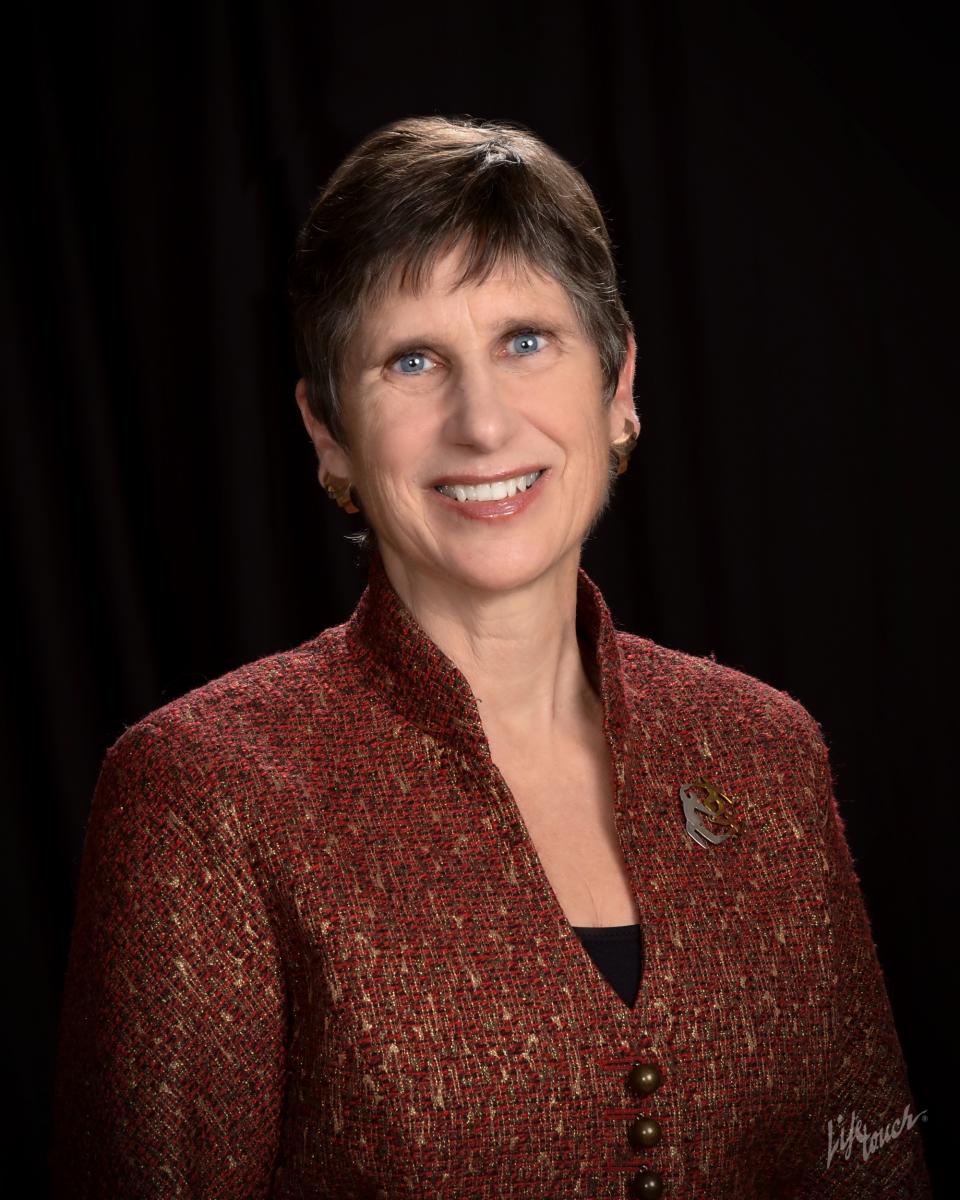The practice of mindfulness is sweeping the nation. At the latest count, 8 million people across the nation practice some form of mindfulness, including meditation. Many of these people are adults looking to relieve stress. But in an era where schools go through active shooting drills, mindfulness can also bring benefits to younger generations.
The modern world has thrown many challenges at our children, but few loom larger than the threat of school shootings. America has a gun problem but it also has a bullying problem. A recent study found that more than 20 percent of children reported being bullied. Even worse, bullying victims are twice as likely to bring a weapon into school.
Bullying causes stress and stress often causes kids to act out. That’s why some schools replace detention with mindfulness. One school in Baltimore reported zero suspensions since designating a mindfulness room. But stress relief is just one part of this practice. We must also teach children how to introduce mindfulness into their everyday actions. That’s a lesson I was taught from an early age.
I remember getting into arguments with my mother and, to calm me down, my father would take me on long walks in silence. This gave me the gift of time and space and allowed me to re-center myself. Pulling weeds in the garden with my father when I became frustrated gave me to time to reflect and come up with solutions to my problems.
Taking time to intentionally breathe and reflect can provide opportunities to better assess situations and make more ethical choices. Even a few minutes of attention to your breath and movement can be beneficial. For example, New York Society for Ethical Culture’s (Ethical NYC) Ethics for Children program teaches kids a mantra called “blink and think.” This practice helps kids to become more autonomous by teaching them to assess situations before taking action to help them make the best possible choice.
The practice of mindfulness can also help prepare our children for changing demographics in the classroom. According to the National Center for Education Statistics, public schools are projected to become more diverse by 2026. That means students will be exposed to new languages, new ideas and new perspectives. Unfortunately, children born outside the U.S. report the highest rate of bullying. While mindfulness is often thought of as a form of self-help, it can also help us understand others.
Connecting with ourselves through mindfulness can help us develop a vocabulary of emotions and better relate to others. During my recent travels in Europe, I realized I enjoyed hearing the sounds of languages I didn’t understand. I became aware I was not extraordinary or exceptional, that there were other people who have other ways of looking at the world and experiencing it.
It will take time to solve America’s bullying problem, but we can better prepare our kids today. By practicing mindfulness, today’s youth can better understand their own emotions and overcome the challenges they face today and over the course of their lives.


